VaginaSauna.com | Cultural Commentary
Somewhere between Taylor Swift’s Reputation era and a million TikToks declaring “this is my villain era,” rebellion didn’t just happened, it got branded. Women once whispered about boundaries; now, they’re packaged into aesthetic mood boards. Red lipstick. Black nails. A slowed-down remix of Unholy. At first glance, it looks like rage. In reality, it’s content.
There was a time when being called the villain could destroy a woman’s reputation.
These days, we’re told to wear it. To embrace it. To rebrand ourselves with it. Welcome to your Villain Era™.
For a while, it worked.
At the beginning, being the villain felt like freedom. However, it didn’t take long before it started to feel like just another costume.
It’s marketed as liberation. But more often than not, it’s just rebellion with a manual.
What Is the Villain Era Really Selling Us?
At face value, the “villain era”looks like personal liberation. You’re done people-pleasing. You don’t text back. You say no. You protect your peace, your time, your energy, and you do it with eyeliner that could kill a man.
It sounds empowering, and sometimes, it actually is.
Still, when everything becomes content, even liberation gets turned into a look. The messy, uncomfortable process of reclaiming yourself ends up curated. Instead of letting yourself unravel and rebuild, you’re forced to make it palatable. You’re still performing, you’re just performing rebellion now.

Pop Culture’s Glossy Villains
Let’s be clear: this isn’t about shaming the aesthetic. Reputation was an intentional pivot – a rejection of media spin and the good-girl image. It worked because it didn’t care about being liked. It was designed to burn down the narrative.
The Reputation era became the blueprint: the soft-spoken sweetheart vanished, replaced by snakes, defiant anthems, and black bodysuits. It wasn’t vulnerability, it was vengeance with a sound engineer.
Still, even as she embraced the villain, it was packaged. Reputation was high-budget reclamation. Not resistance. Branding.
Villain Era – From Rage To Refusal
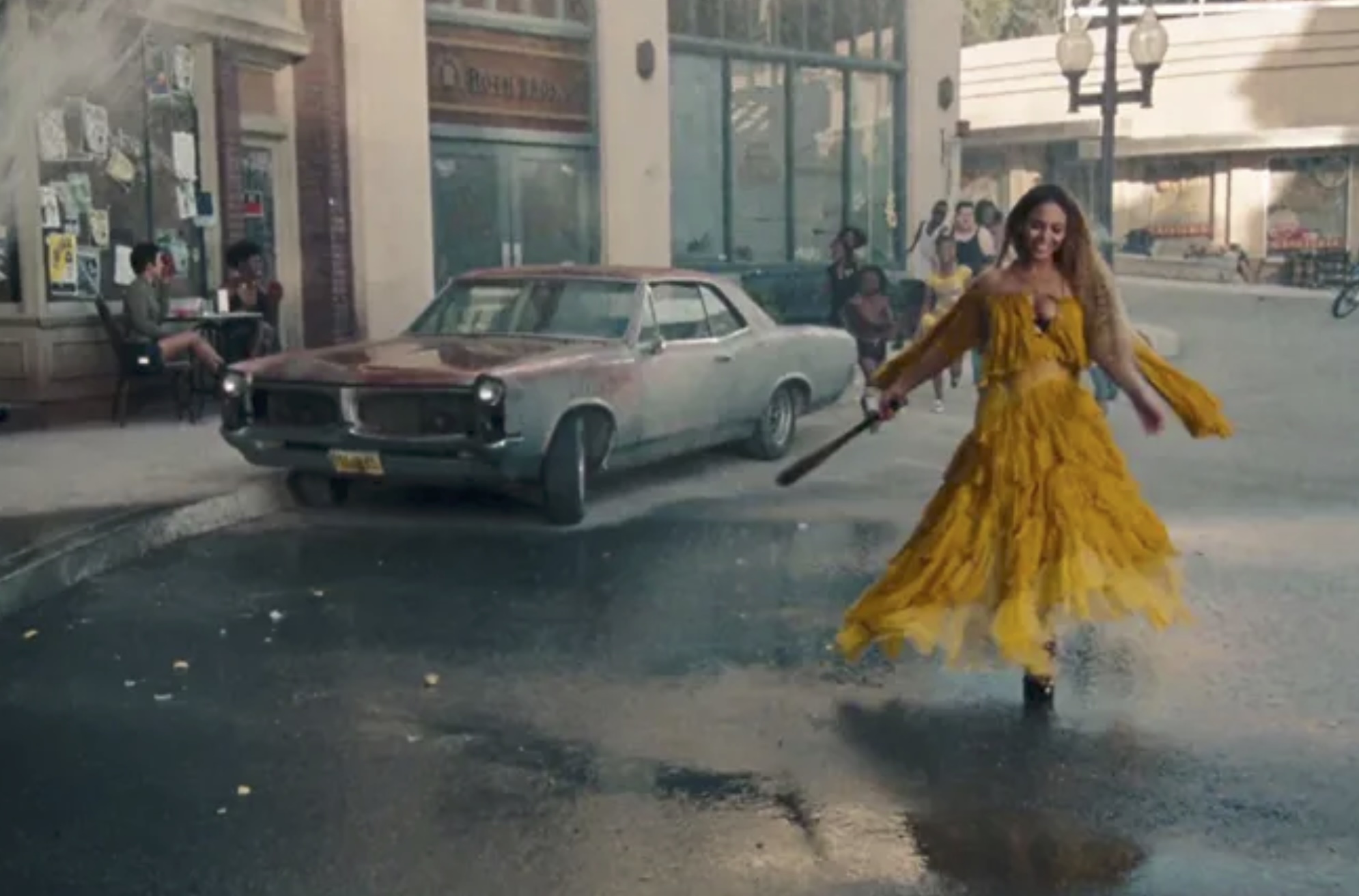
Beyoncé did it too in Lemonade, but her rage wasn’t villain-coded, it was sacred. When Beyoncé dropped Lemonade, her rage wasn’t villain-coded, it was sacred. She wasn’t branded as difficult, She was celebrated, because some women’s fury is seen as art, while others’ are treated as threats.
And when rage isn’t softened or explained, it gets labeled. It becomes a problem. It becomes a brand.
What about Rihanna? Her refusal to explain, soften, or smile made her a problematic fave long before TikTok tried to claim “not caring” as a brand.
These women weren’t trying on rebellion for attention. They lived it. And that’s why it cut deeper.
Bell hooks would call this a distortion of power. In All About Love, she reminds us that transformation isn’t about dominance. It’s about truth. You don’t need to shout over your oppressors to reclaim your narrative. You just need to tell the truth, even when it doesn’t trend.
The truth is, most women’s real villain arcs are not aesthetic. They’re messy. Quiet. Costly.
But now? The villain era is marketed like a perfume.
The Psychology of Reclaiming “Badness”
Why do so many women lean into the villain label, even playfully?
Because for centuries, to be angry, selfish, sexual, or disobedient meant you were the villain. And maybe the best way to survive being called dangerous… is to become it on your own terms.
Psychologist Carl Jung called this the ‘shadow self’ , the ambition, the anger, the hunger for pleasure. Owning it is radical. Especially when that pleasure is still policed.
But here’s the catch: shadow work is internal. It doesn’t photograph well. It’s not supposed to be pretty. It’s supposed to be true.
Villain Era – Aesthetic Rebellion vs Real Power
Anita Mitchell, in Aesthetic Activism: From Gaze to Grit, warns that we’ve confused disruption with design. The gaze – how rebellion looks is winning over the grit – what rebellion costs.
She writes:
“When activism is reduced to visual disruption, we make rebellion desirable without demanding that it be effective.”
That line lives rent-free in every post captioned “protecting my peace” while ghosting accountability. It’s the truth under the moodboards: liberation isn’t pretty. And it’s not for sale.
The problem is when “villain” becomes shorthand for healing. When we mistake the look of power for the work of power.
We forget that boundary-setting isn’t always cinematic. It can be awkward. Quiet. Or, most often, crying in the bathroom after saying no.
Real rebellion doesn’t always come with winged eyeliner. Sometimes it comes with shaking hands and a quiet “I’m done.”
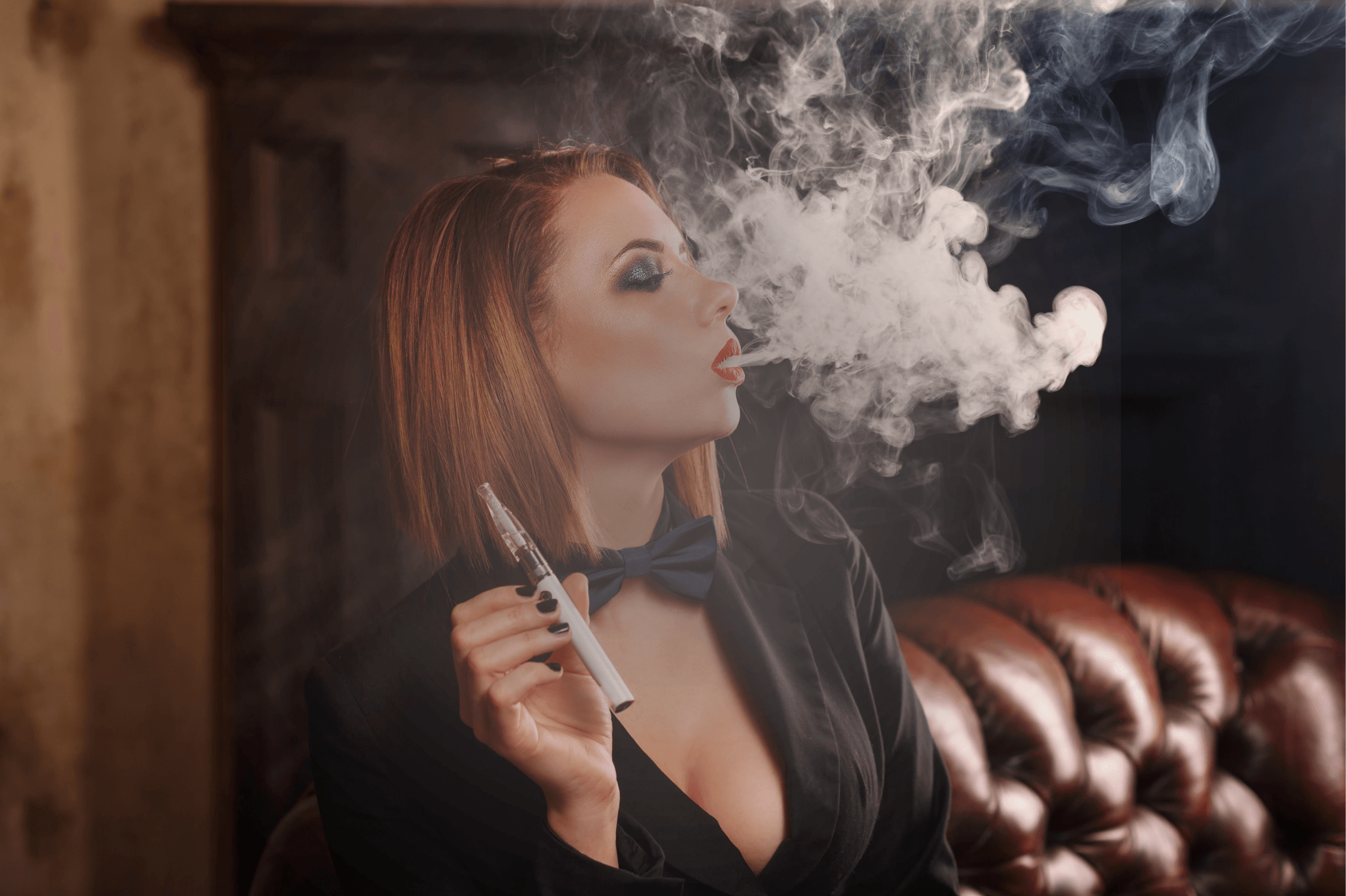
Historical Context: Women Who Refused to Comply
Let’s not forget who actually got called villains throughout history:
- Medusa, for being raped and then punished for it.
- Joan of Arc, for leading.
- Mary Wollstonecraft, for writing that women are people.
- Megan Fox, for aging out of male fantasy.
- Beyoncé, for expressing righteous anger and turning it into art—because even divinity gets dissected when it refuses to stay silent.
Some of these are more complex than others. But the pattern remains: step out of line, and you’re not just difficult, you’re dangerous.
Marketing Rebellion Back to Women
The villain era is capitalism doing what it does best: packaging rebellion and selling it back to the people it once punished for wanting it.
Dove promotes self-love while its parent company owns Fair & Lovely. Or when you’re encouraged to “embrace your villain era”… with a $72 contour stick.
It’s rebellion with a tutorial.
What Rebellion Looks Like Off-Camera
The real villain era isn’t viral. It doesn’t come with merch or mood boards.
It’s setting a boundary and losing the relationship. Quitting the job that makes you sick, walking away not because you won, but because you finally saw the game.
Sometimes, the most rebellious thing you can do isn’t becoming a villain, but refusing to play the character at all.
If It’s Just a Costume, Then Take It Off
If the villain era is a mask, take it off. But if it’s a portal? Walk through it. The goal isn’t to stay a villain forever. It’s to stop shrinking.
It’s to realize that your softness isn’t weakness, your anger isn’t sin, and your story doesn’t need to be palatable to be powerful.
You’re not a villain for taking up space. You’re a person reclaiming her plot.
Keep Reading
1. Boundaries and Where the F* to Find Them
Because real rebellion isn’t a look, it’s knowing when to say no and meaning it.
2. Emotional Survival and Other Things We Don’t Admit Wanting
The villain era might be branded, but the hunger for autonomy is real. Here’s what that looks like without a costume.
3. Sex Positivity in a World That Still Polices Desire
From repression to rebellion, pleasure has always been political. This one’s foundational.

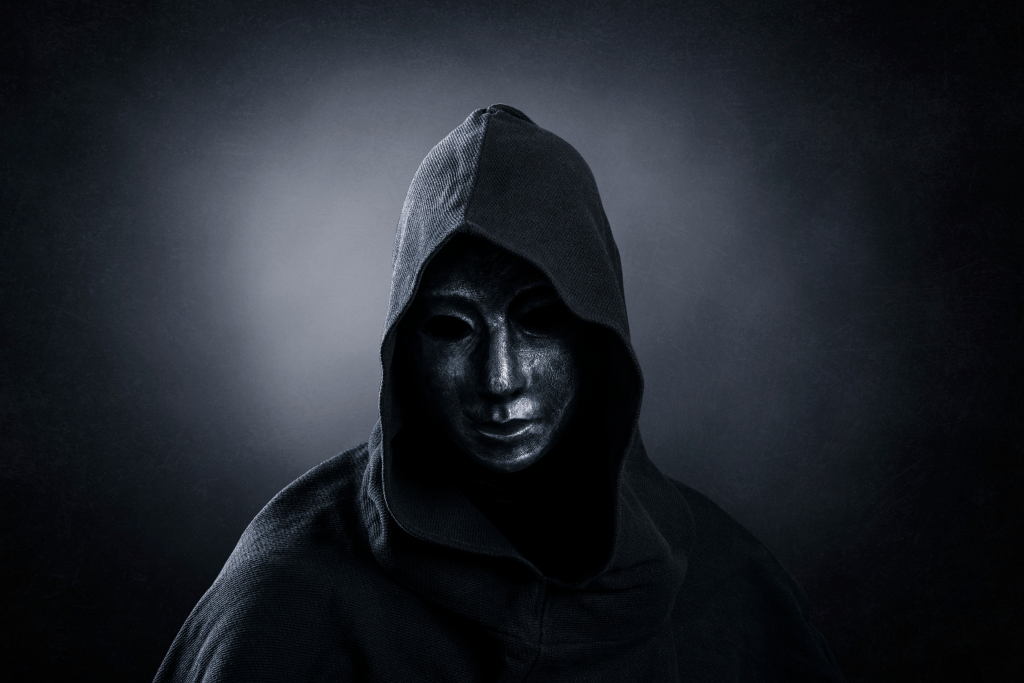
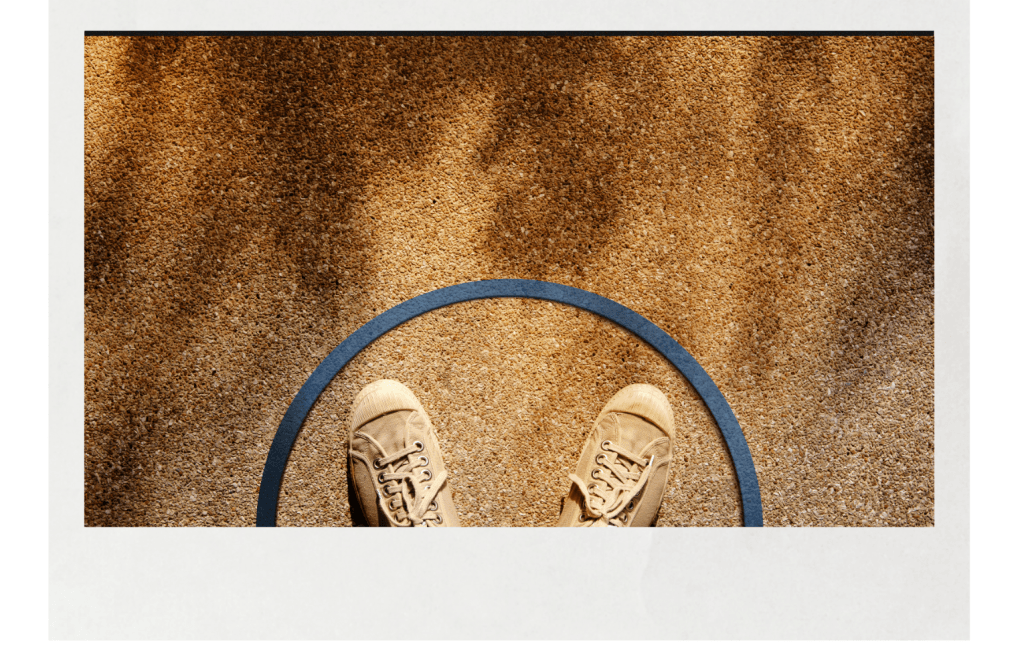

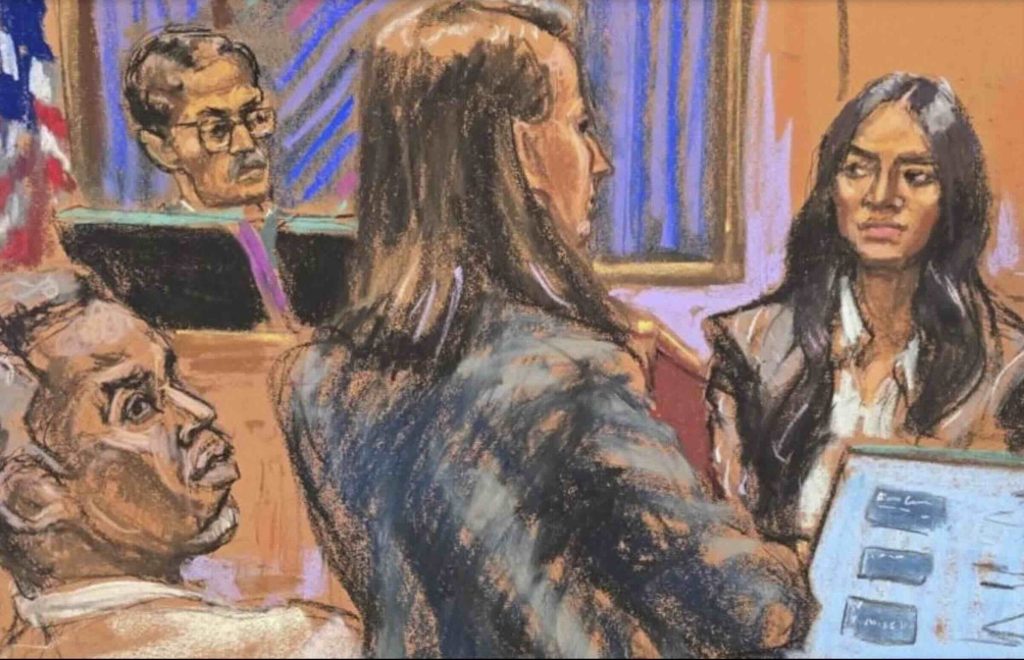


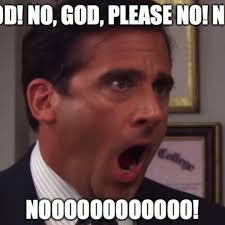
9 Responses
Very good https://is.gd/N1ikS2
Awesome https://is.gd/N1ikS2
Very good https://is.gd/N1ikS2
Very good https://is.gd/N1ikS2
Good https://is.gd/N1ikS2
Very good https://is.gd/N1ikS2
Good https://is.gd/N1ikS2
And there’s Lilith: Adam’s first wife. She’s the ultimate OG 😉
Thank you for visiting, and yasss!! I couldn’t agree more, the queen!!!